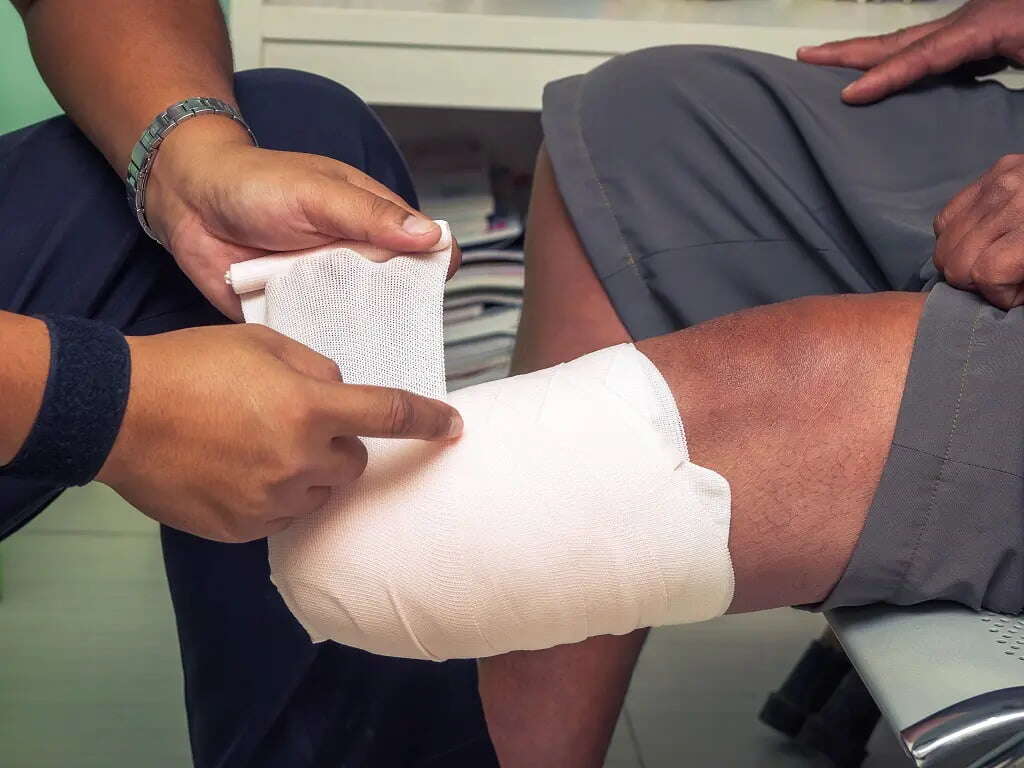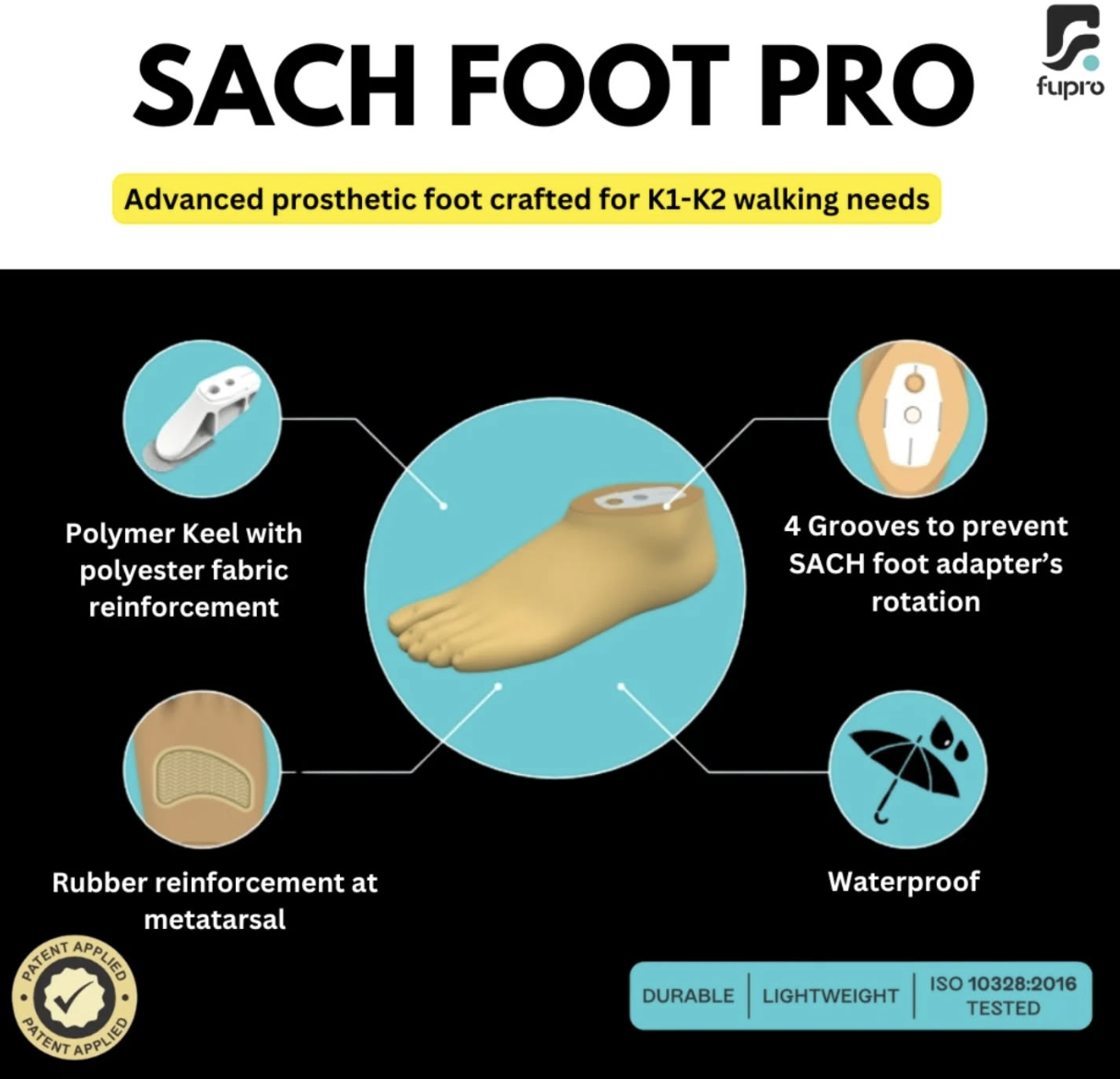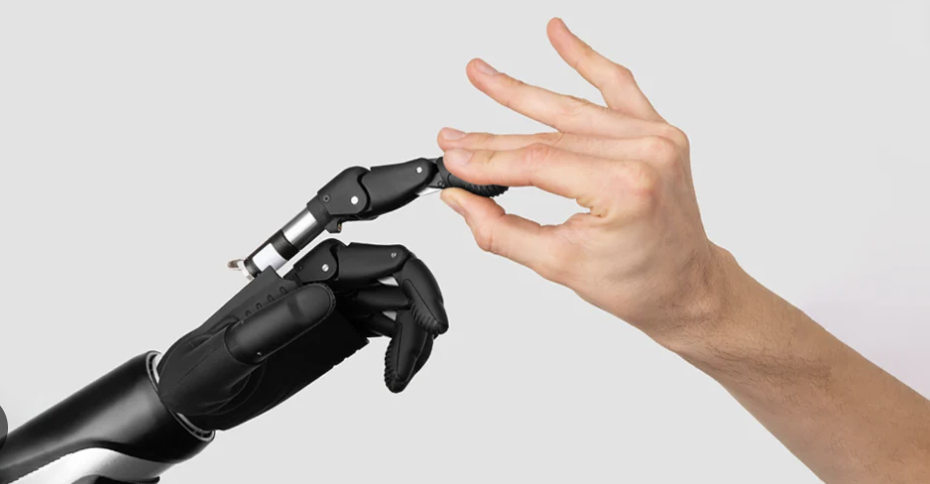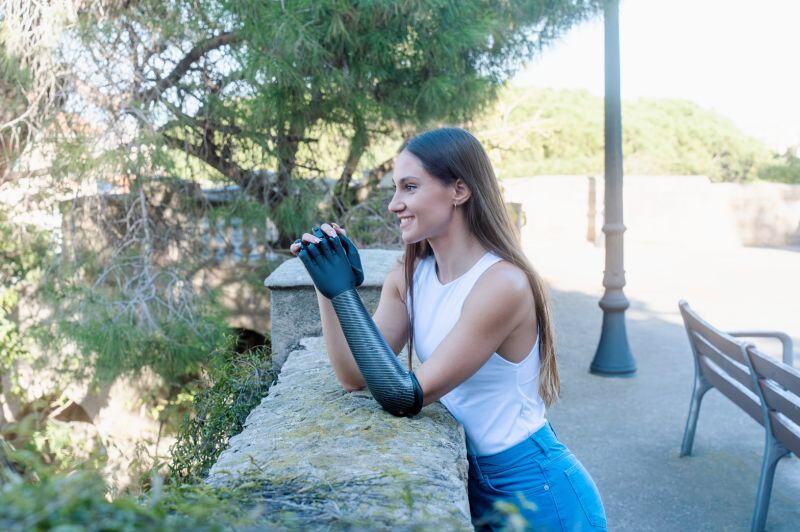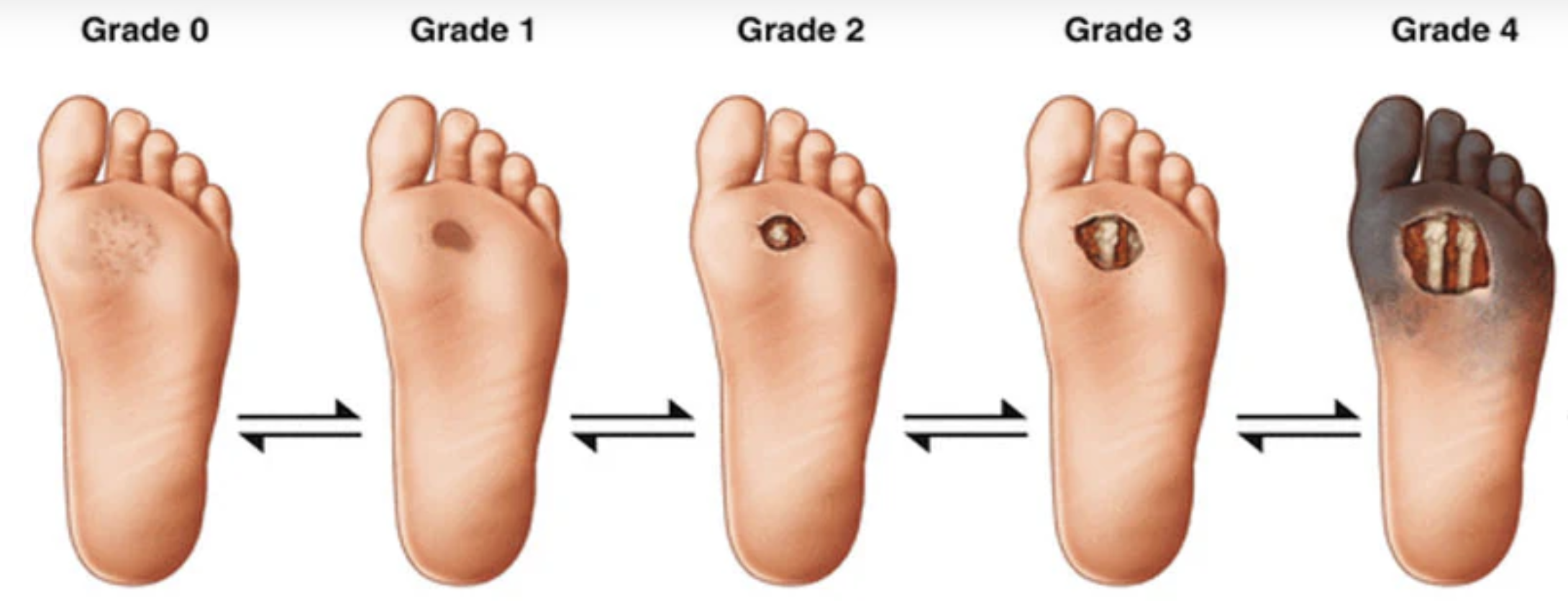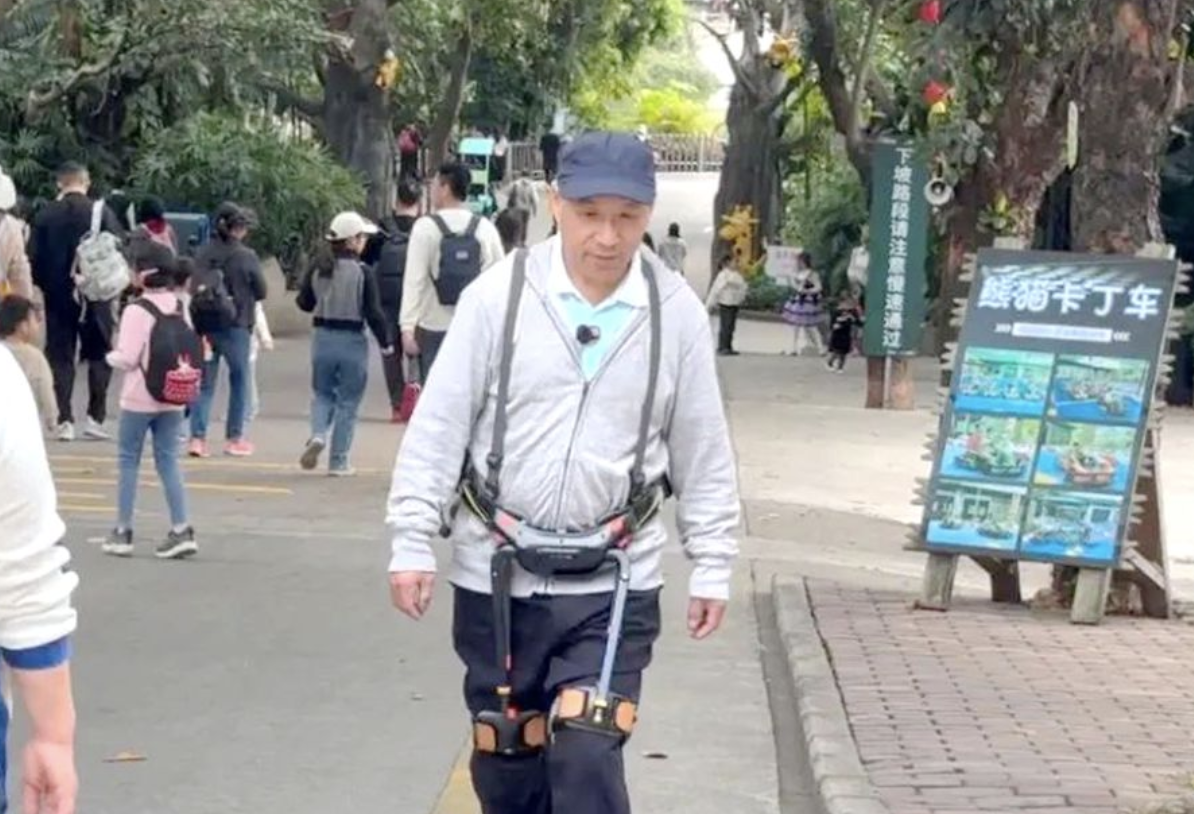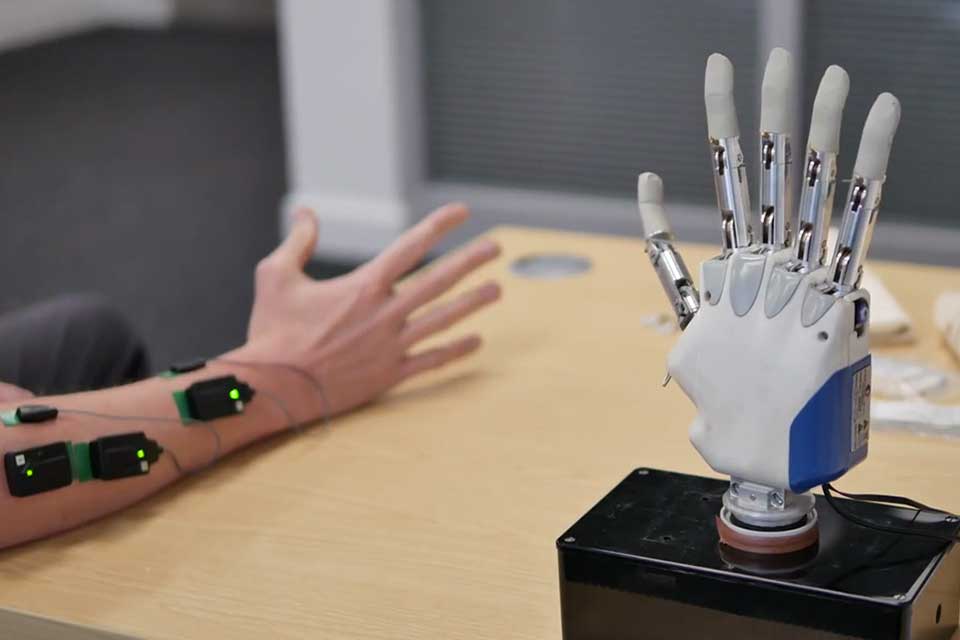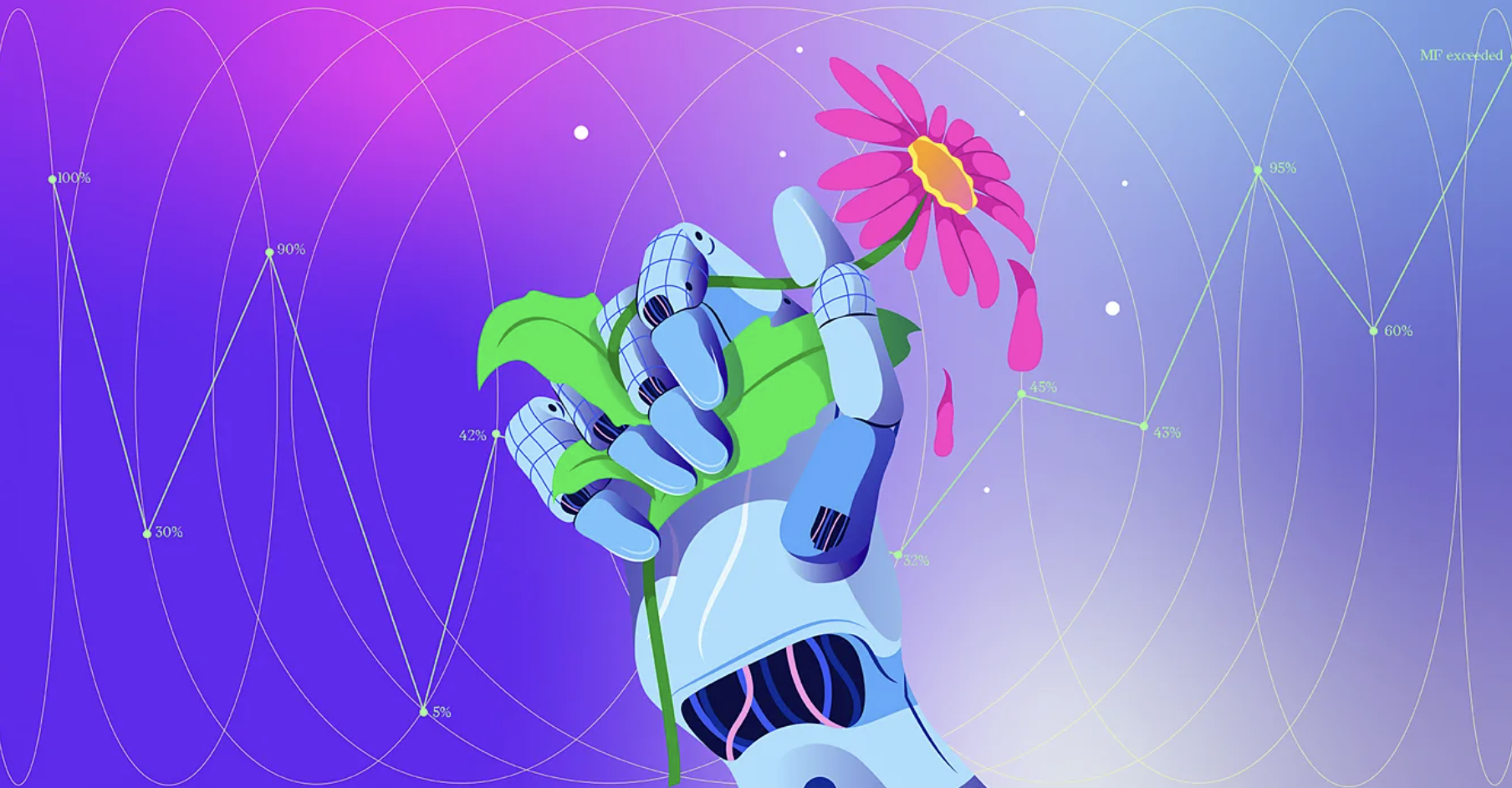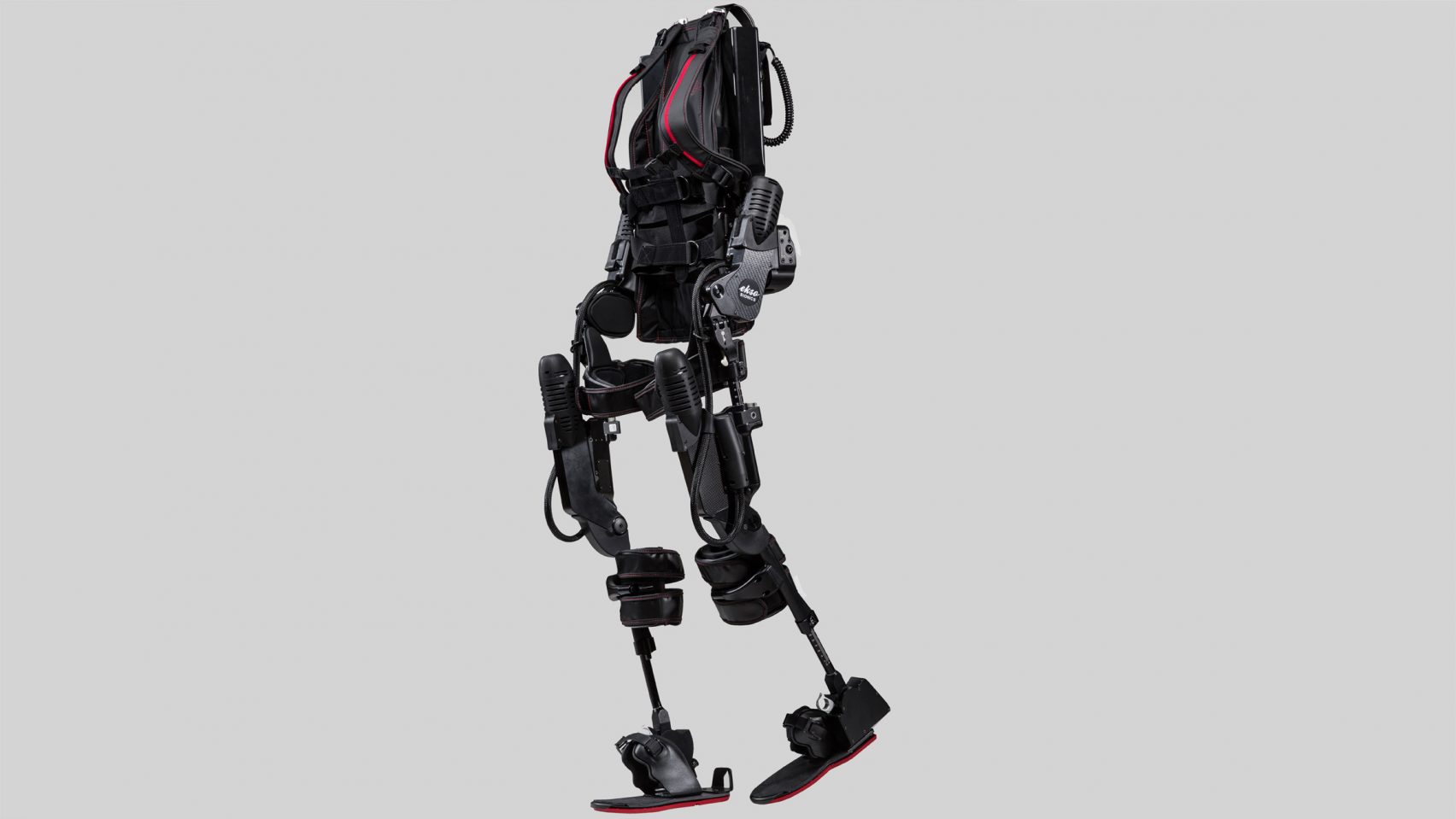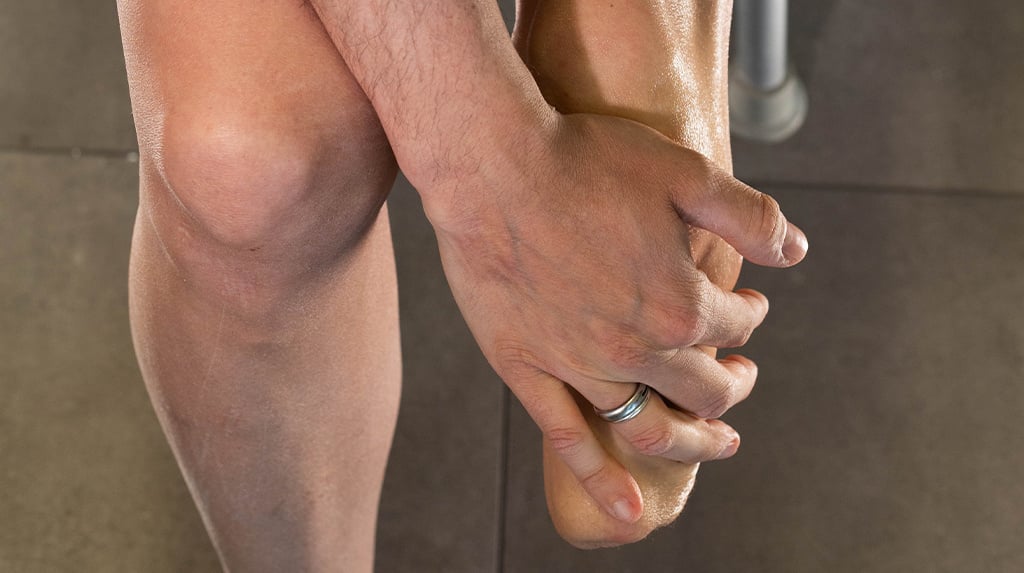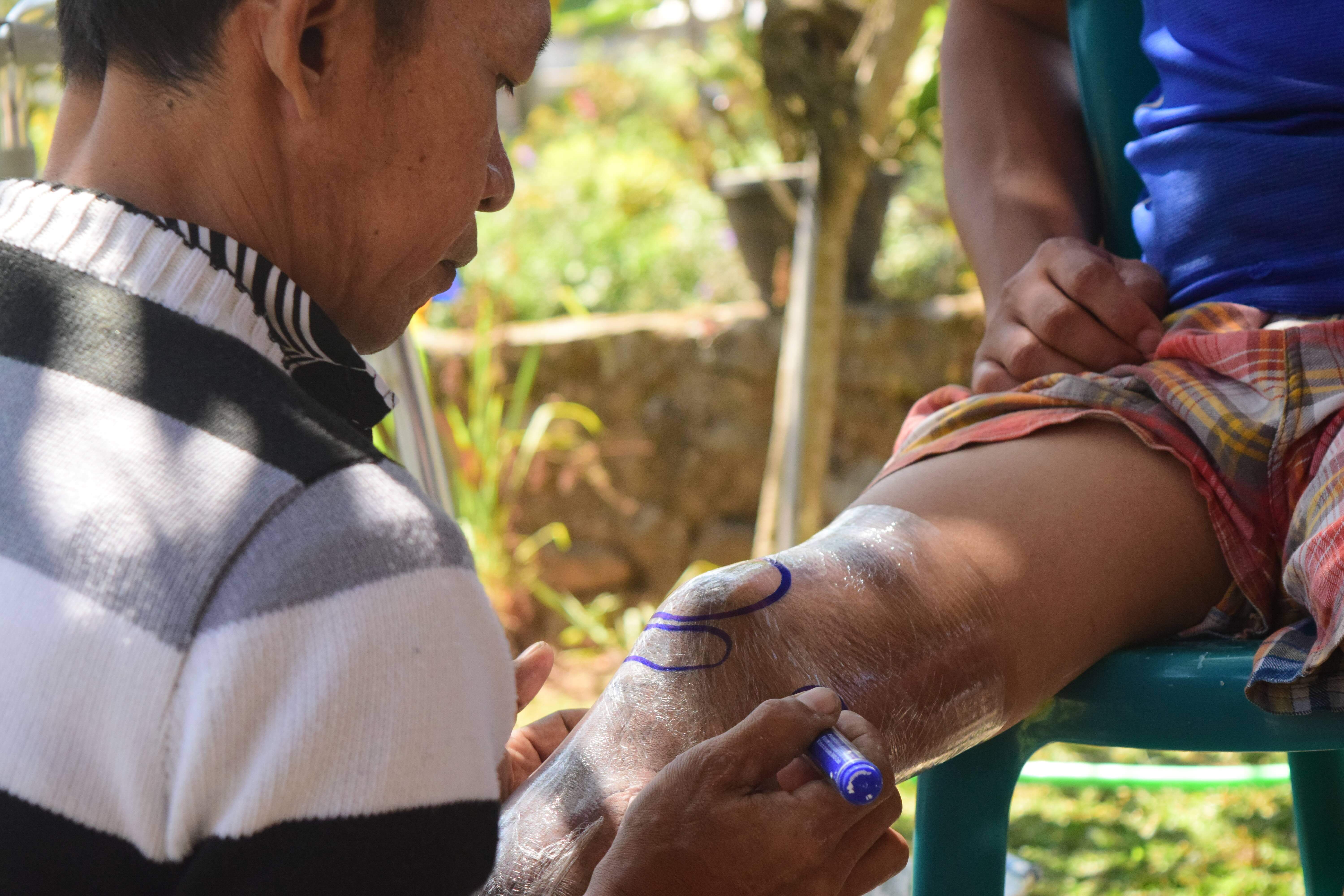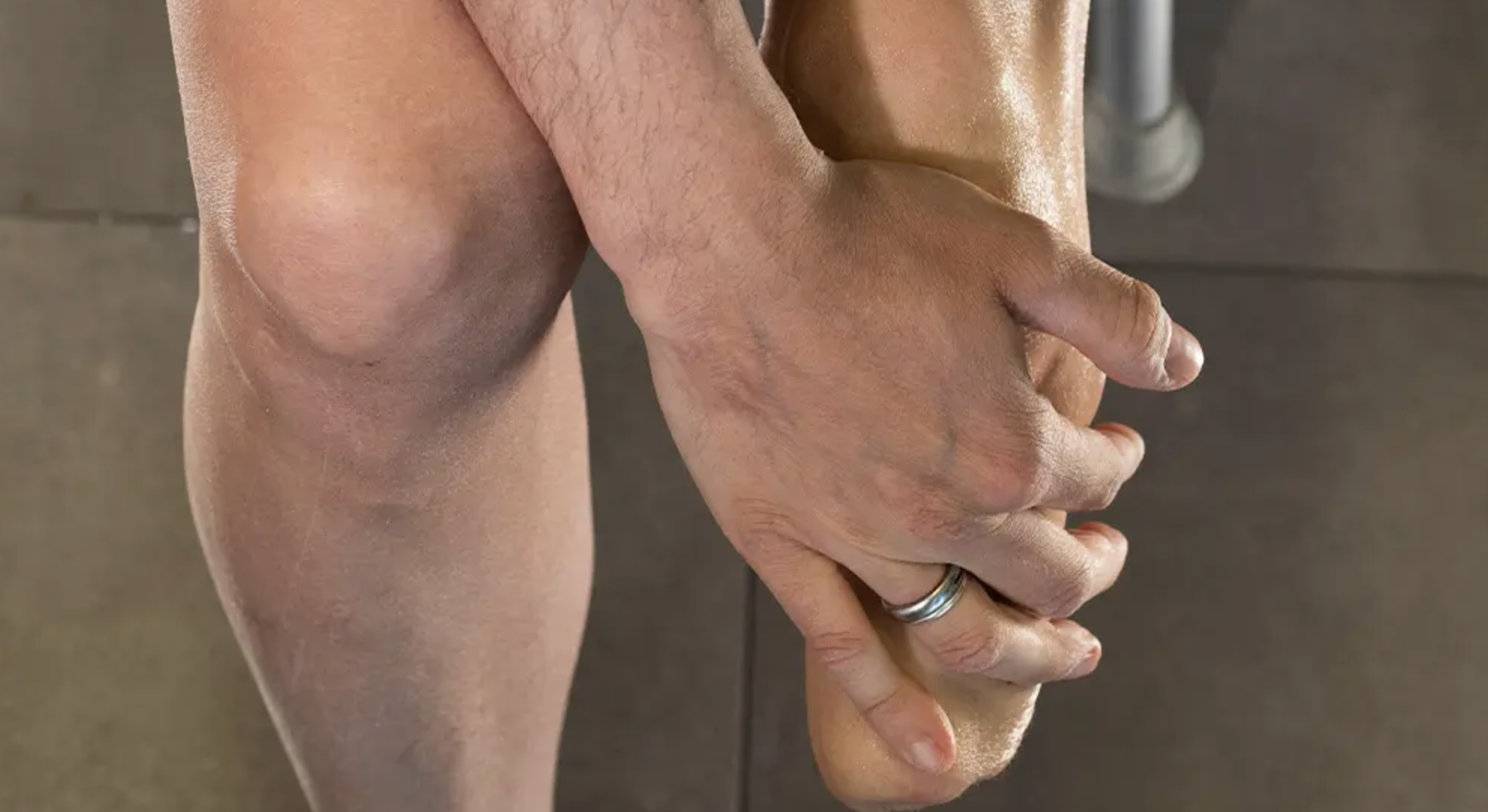The skin around a residual limb is prone to irritation and damage from prosthetic limb use. This happens because the skin in that area isn’t built to handle pressure well, unlike the skin on the palms and soles, which is tougher and can endure weight while walking. However, prosthetic users may soon be able to change the skin on their residual limb; researchers are exploring ways to help the skin around the residual limb develop stronger, more resilient qualities.
Volar and nonvolar skin
To better understand the study, we need to clarify a few crucial terms. Volar skin refers to the skin on the palms and soles, which is significantly different from the skin on the rest of the body. Volar skin is often thicker than the skin in other areas. It is also hairless.
In contrast, the skin on the back, trunk, ears, arms, and legs is called nonvolar skin. This skin helps the body regulate temperature through sweating. However, it cannot withstand mechanical pressure, such as the pressure from wearing a prosthetic limb.
To decrease skin irritation and damage from wearing a prosthetic limb, researchers sought to find a way to change the qualities of nonvolar skin by injecting volar fibroblasts.
The study
The study published in September 2024 in the journal Science marks a significant development in regenerative medicine. It used advances in bioprinting—a 3D printing technique that combines biomaterials, biochemicals, and living cells to create new structures—and single-cell RNA sequencing. These advances gave the researchers insights into how cells behave.
The study examined how fibroblasts can be used for therapeutic purposes. Fibroblasts are crucial to tissue regeneration. They produce collagen and other fibers that make up connective tissue. They also play a crucial role in wound healing and tissue repair.
Researchers carried out a human trial in which they took fibroblasts from both volar and nonvolar skin from volunteers. They then grew these cells in the lab and injected them into nonvolar areas of the subjects’ skin.
The goal was to change the nonvolar skin (the skin around the residual limb) to behave like volar skin. This is particularly important for amputees who often experience skin problems on their residual limbs.
Interestingly, the researchers found that fibroblasts seem to remember where they came from even after being cultured in the lab. They also played a role in how the skin functions, such as helping with the development of the outer skin layer.
Given the volar fibroblasts react differently to pressure, the researchers believed they could be used as a therapy to improve how nonpressure-bearing areas of skin adapt to pressure.
Results
The researchers found that the volar fibroblasts showed higher rates of growth and movement in lab cultures compared to nonvolar fibroblasts. When these cells were put under pressure, they also demonstrated a different gene activity.
The bioprinted skin created from volar fibroblasts showed that the nonvolar skin took on characteristics typical of volar skin, such as increased outer layer thickness. A clinical trial confirmed this effect after participants received injections of volar fibroblasts into their nonvolar skin, resulting in changes like thicker skin.
In another trial, volunteers had fibroblasts from their own sole (foot) injected into their nonvolar skin. This also led to changes similar to those seen with bioprinted skin, such as firmer skin, thicker epidermis, larger skin cells, longer collagen fibers in the dermis, and more elastin.
Additionally, an analysis of individual cells confirmed that there were changes in gene activity related to skin development, cell maturation, and the shape of skin cells at the injection sites. These changes were observed from two weeks up to 17 months after the injections.
The bottom line
The study showed that volar fibroblasts have the potential to change skin characteristics to better handle pressure.
However, more research is needed to improve the ability of these cells to attach and change their type when introduced to other areas, which could be important for future medical treatments.
